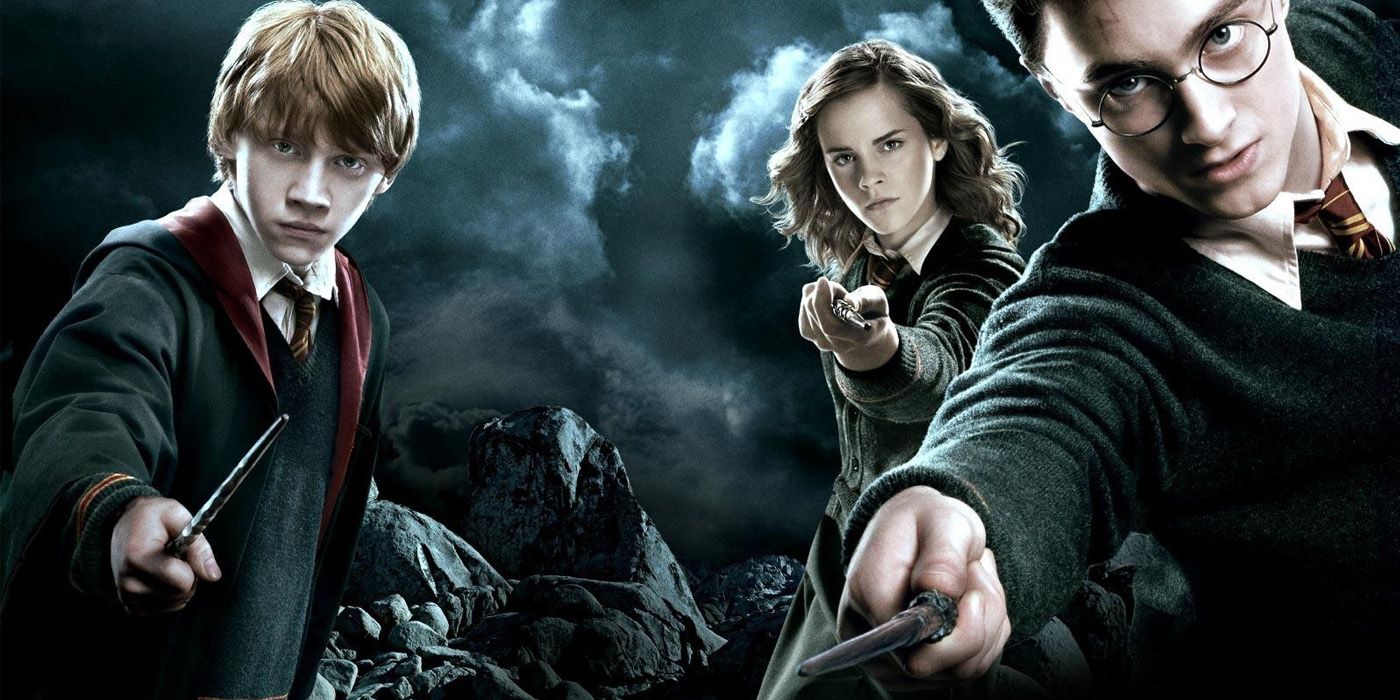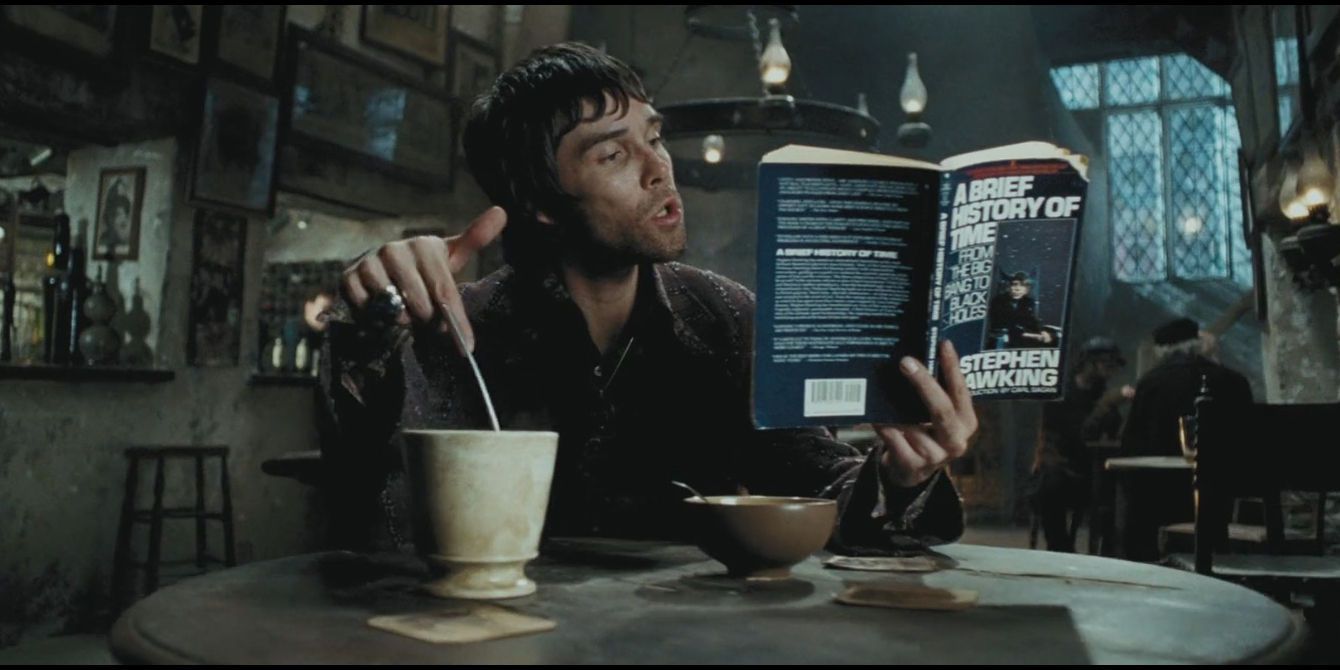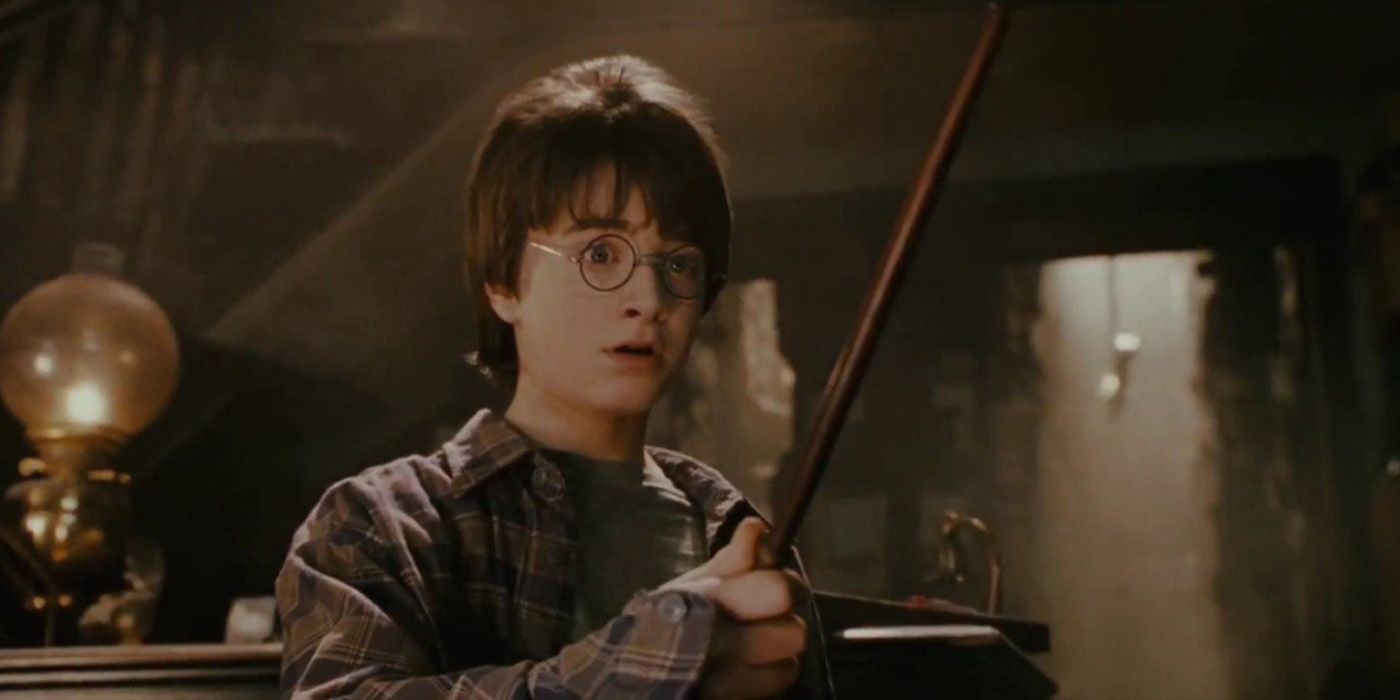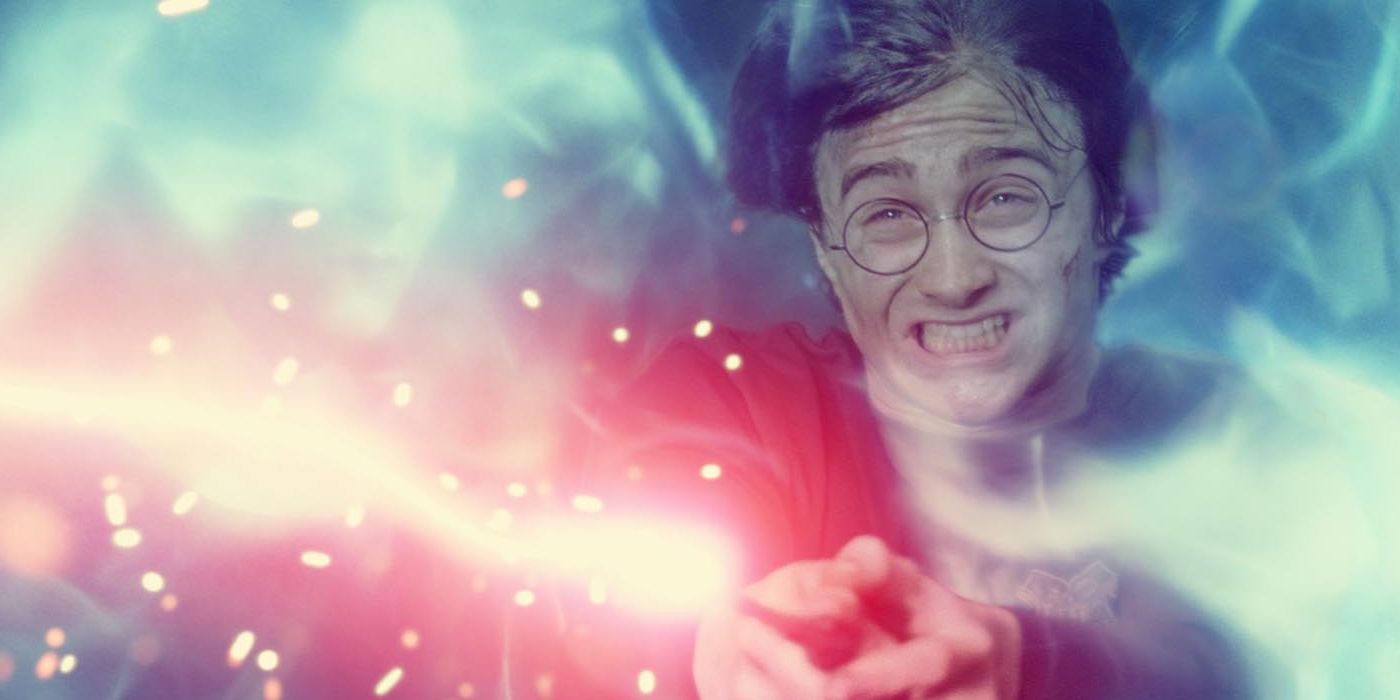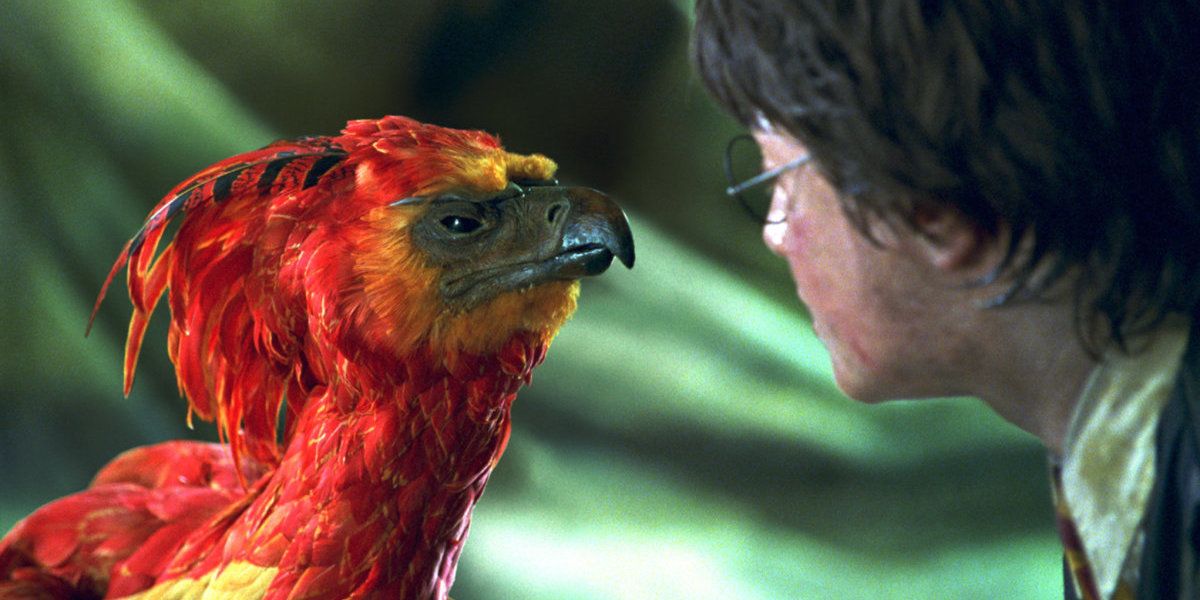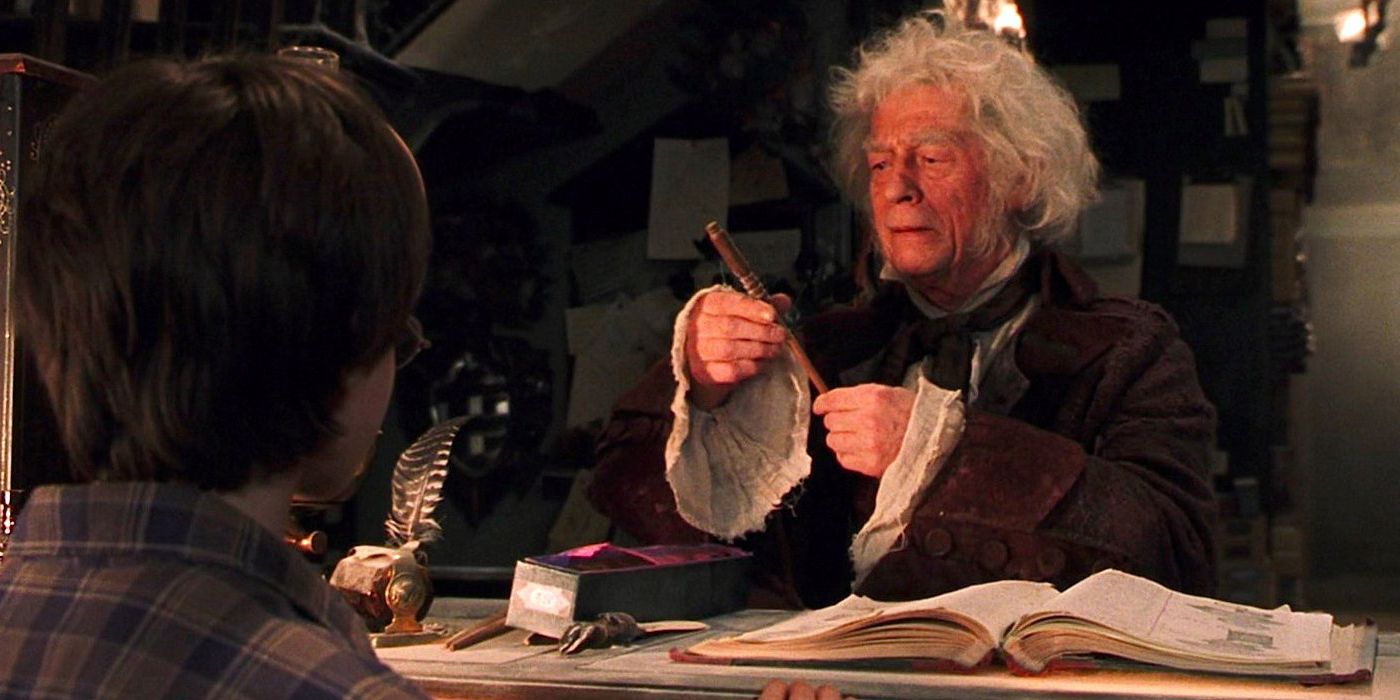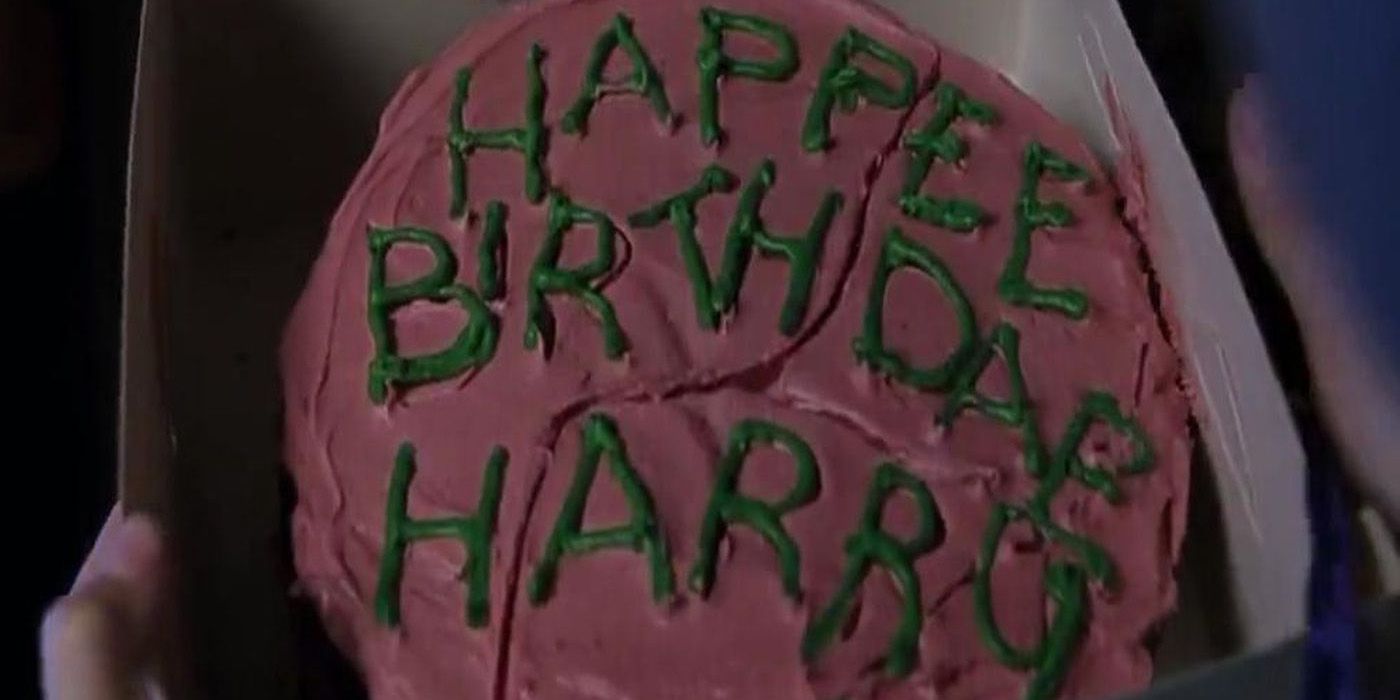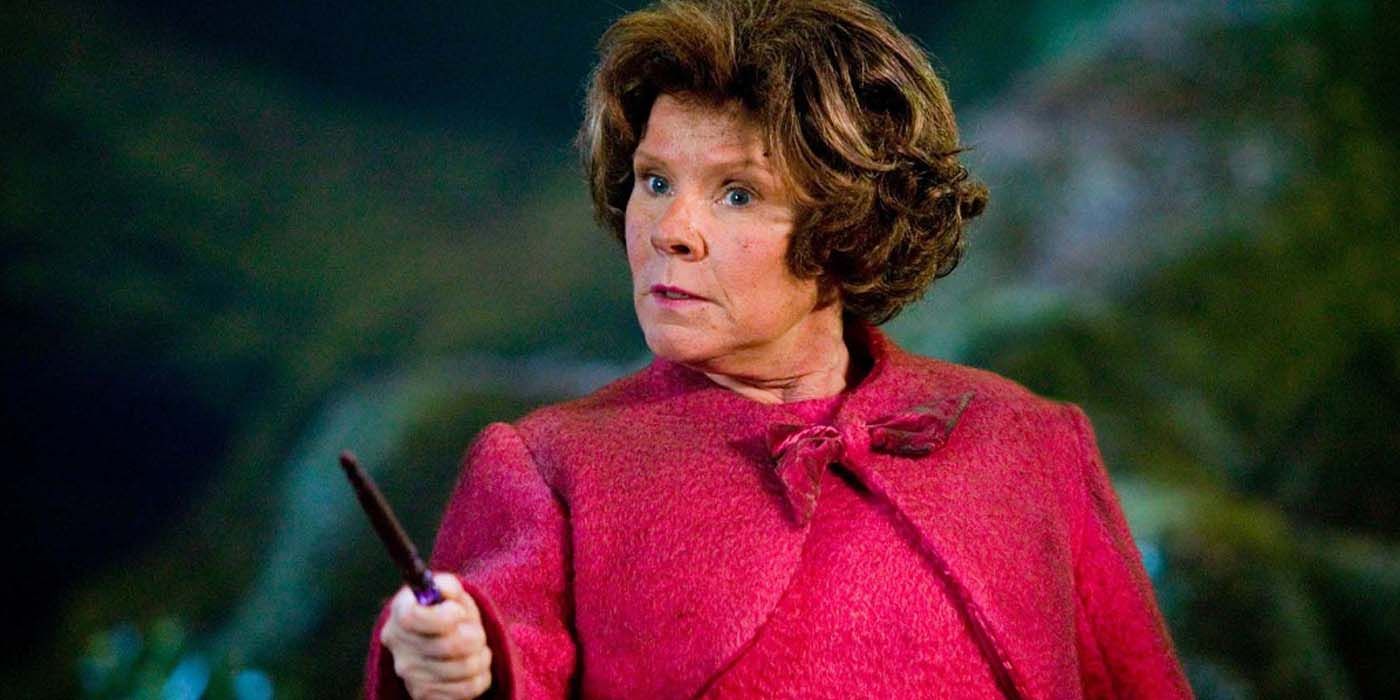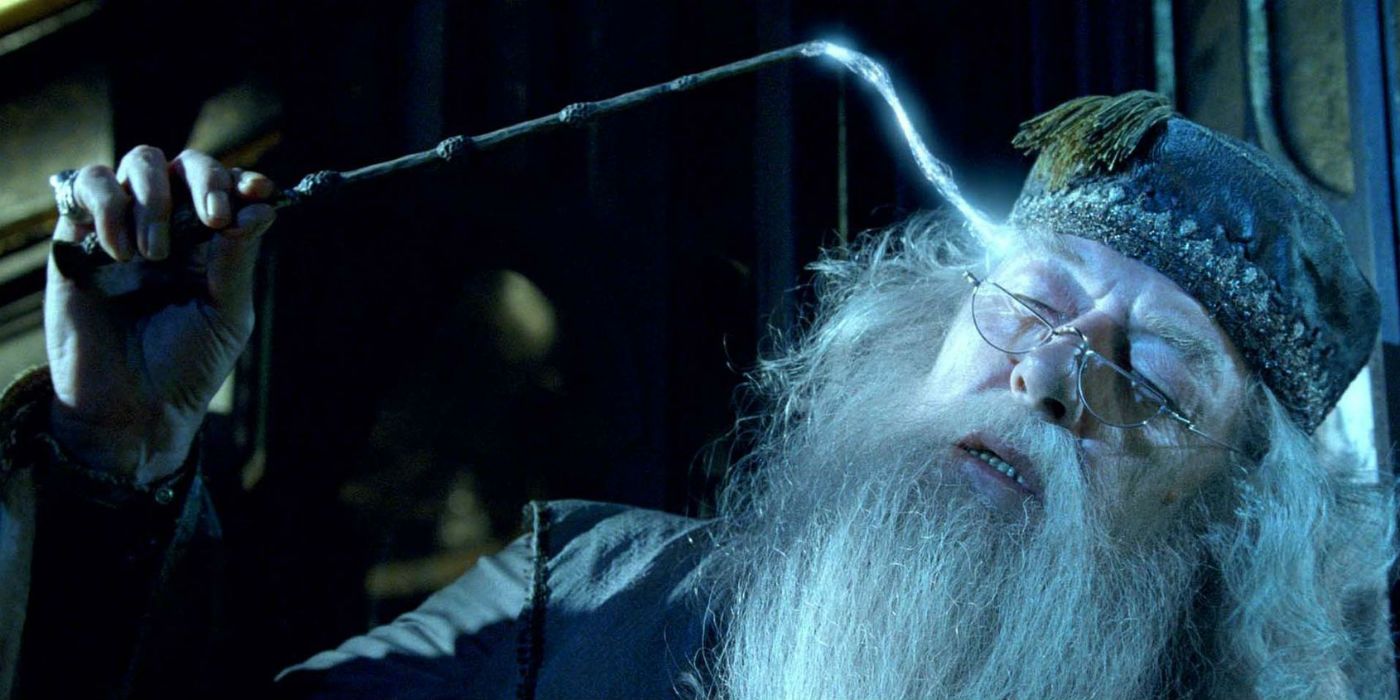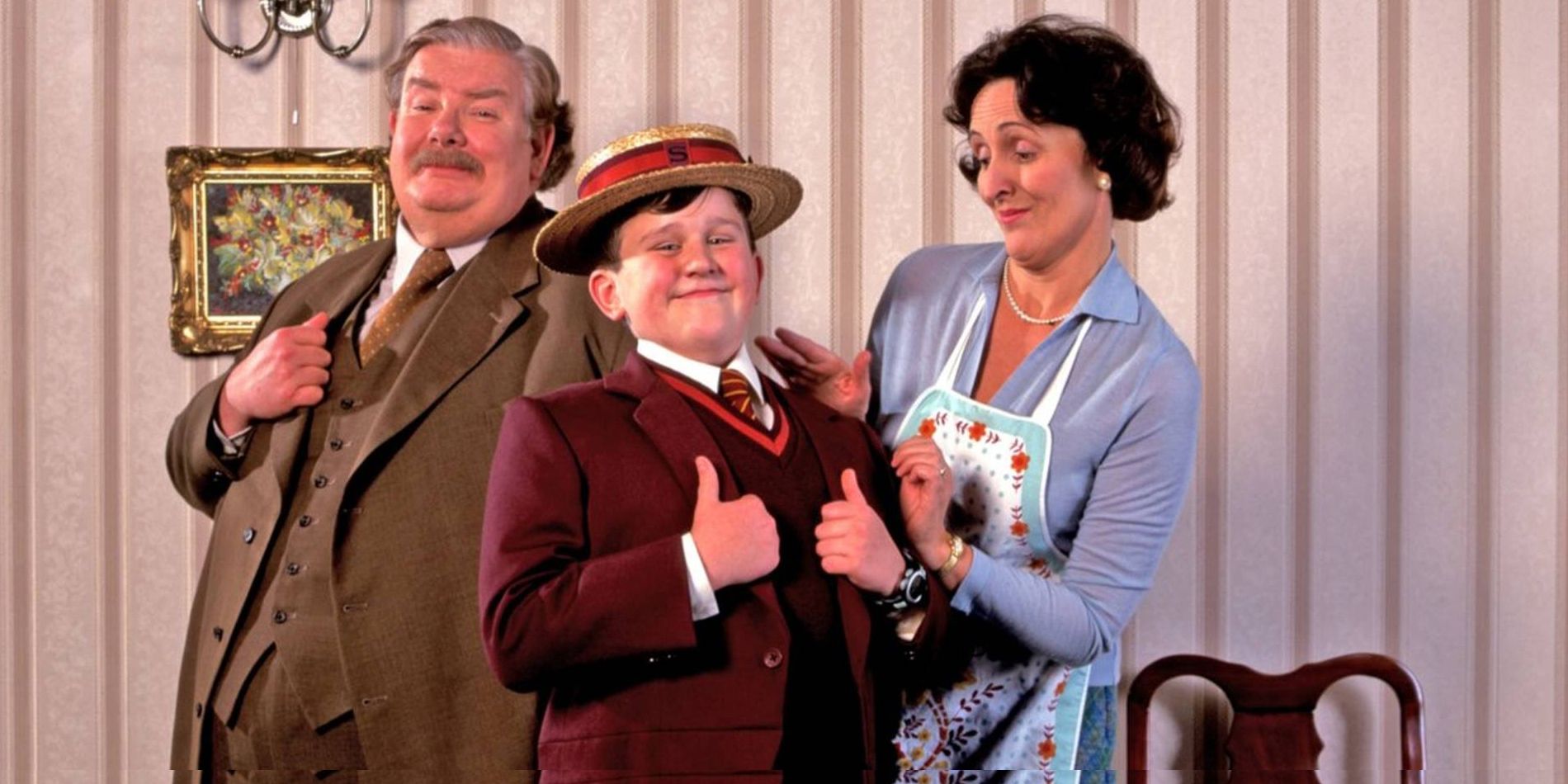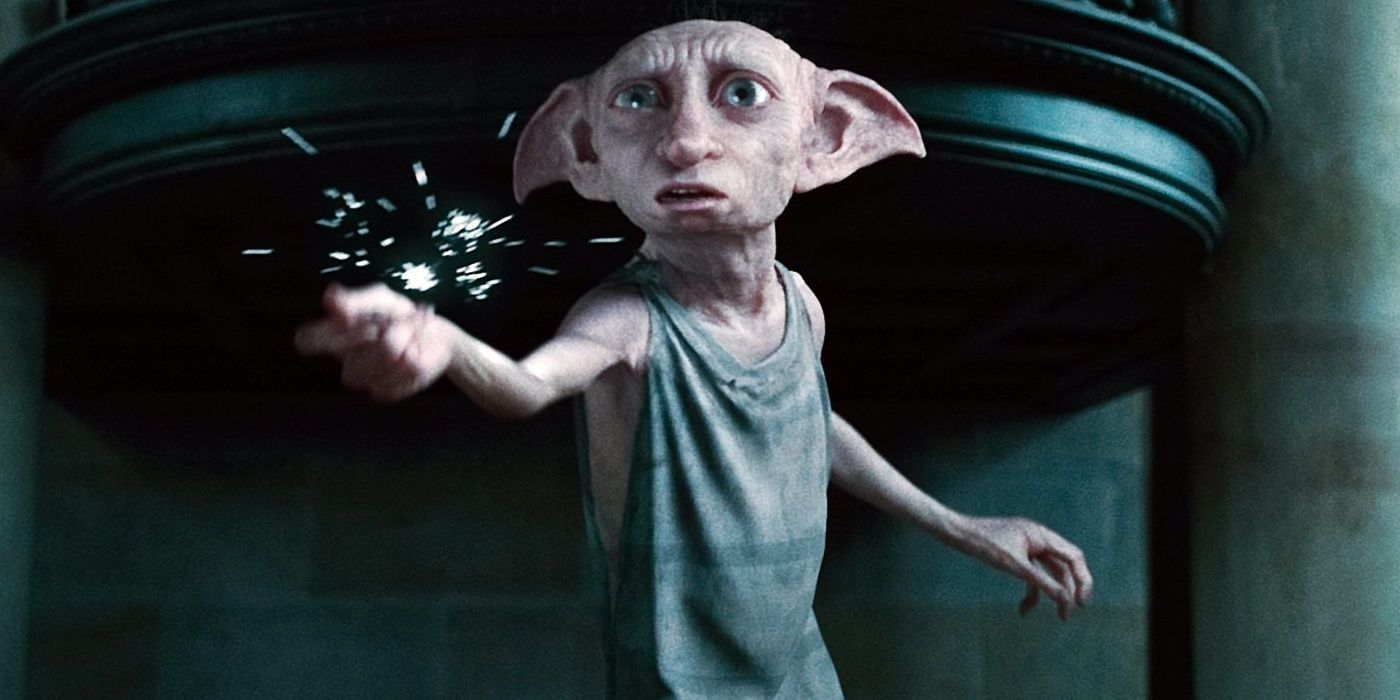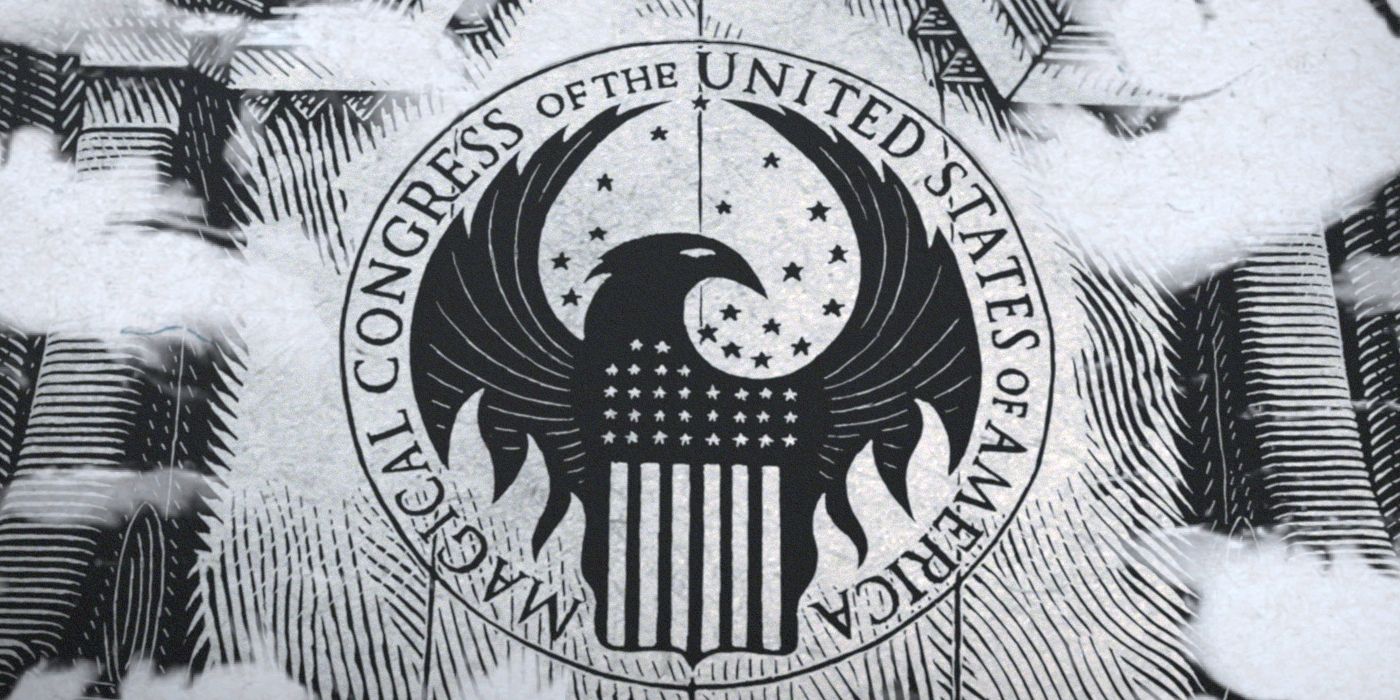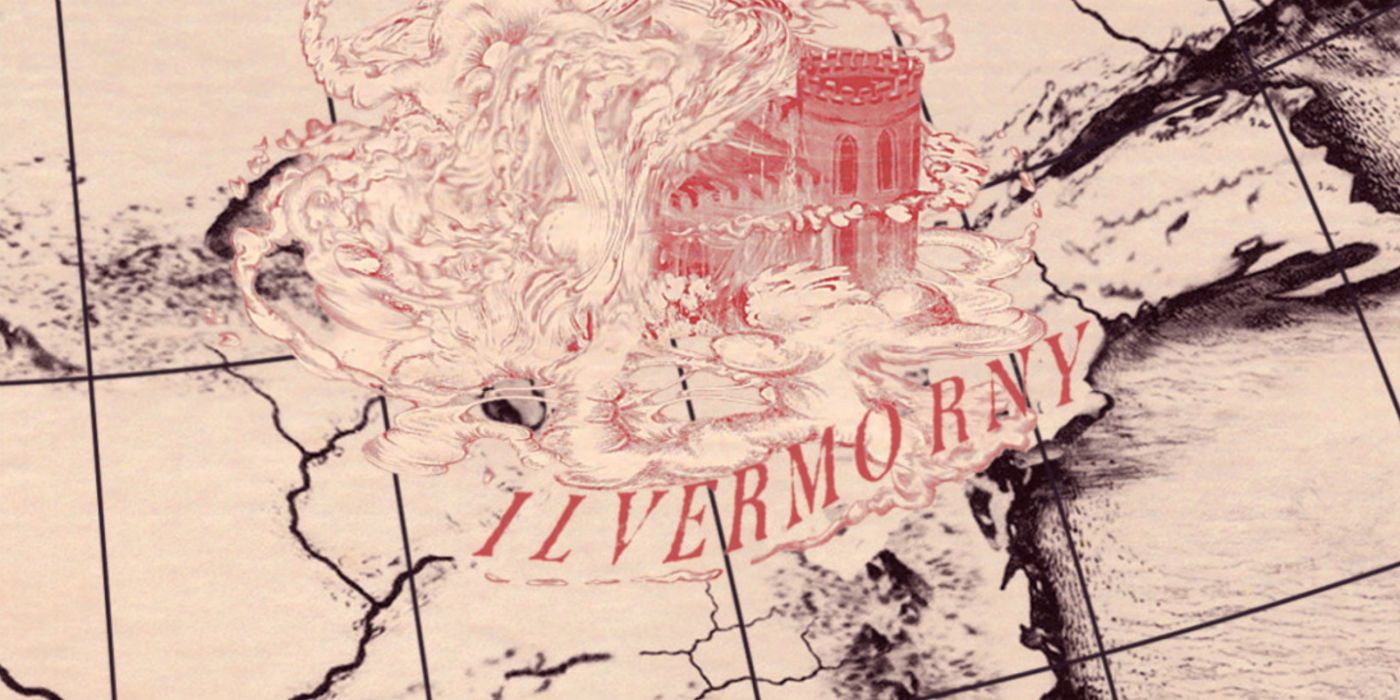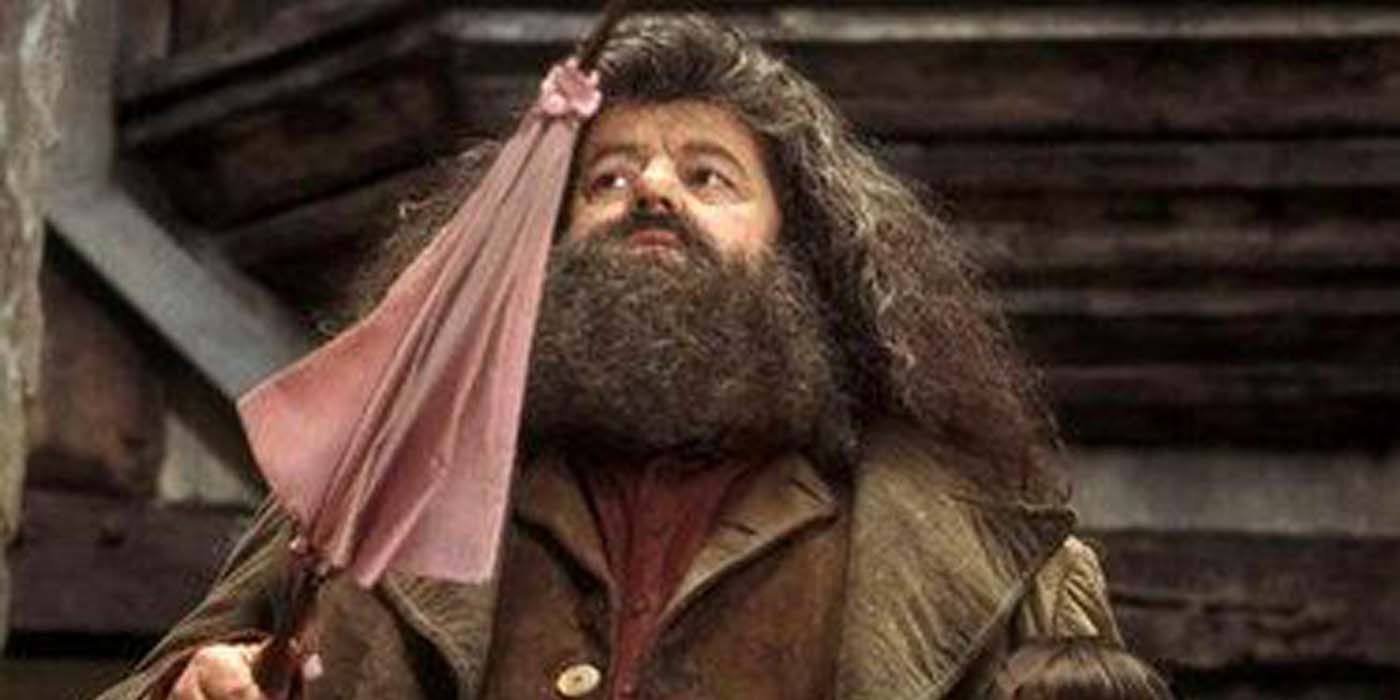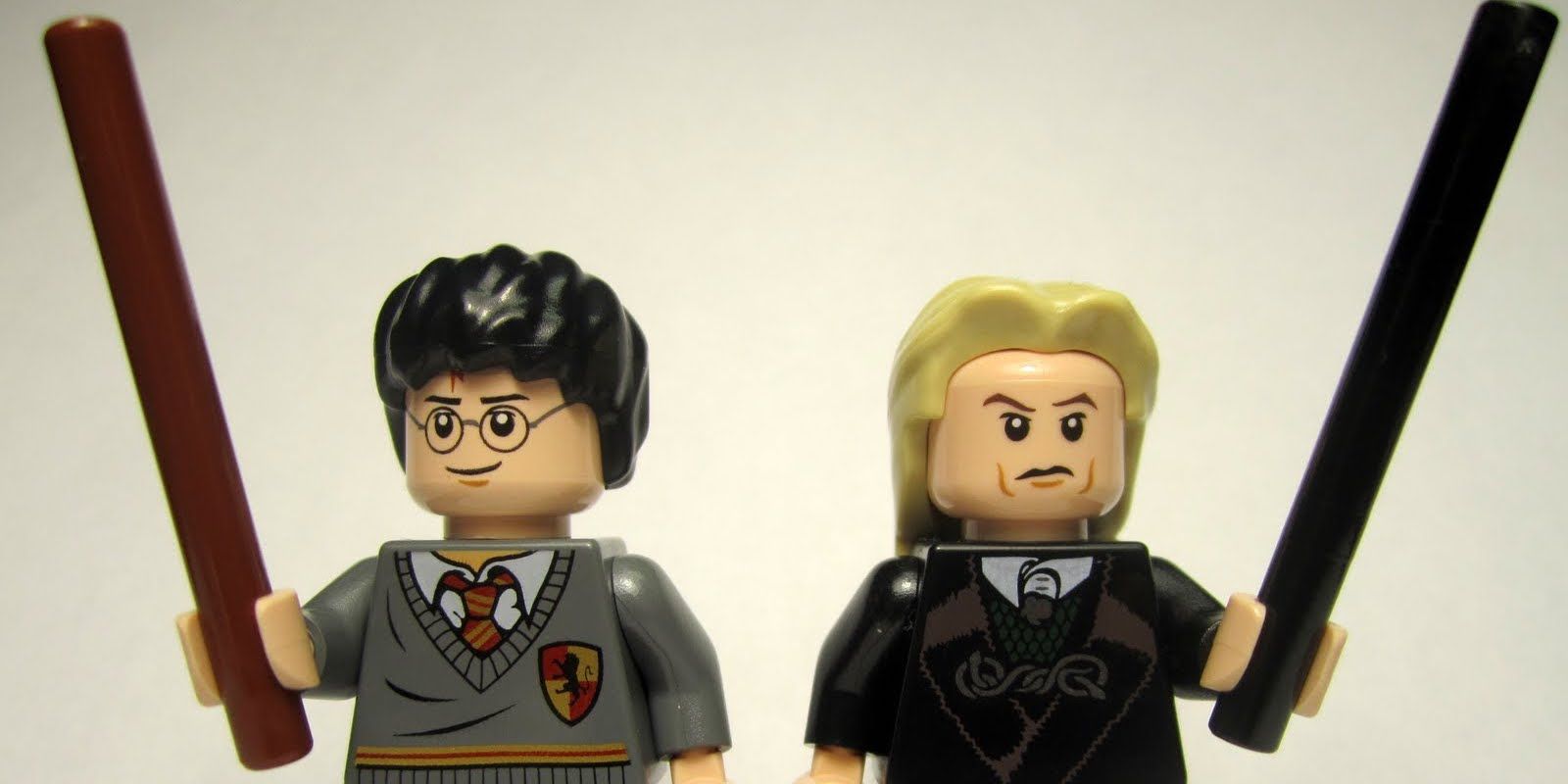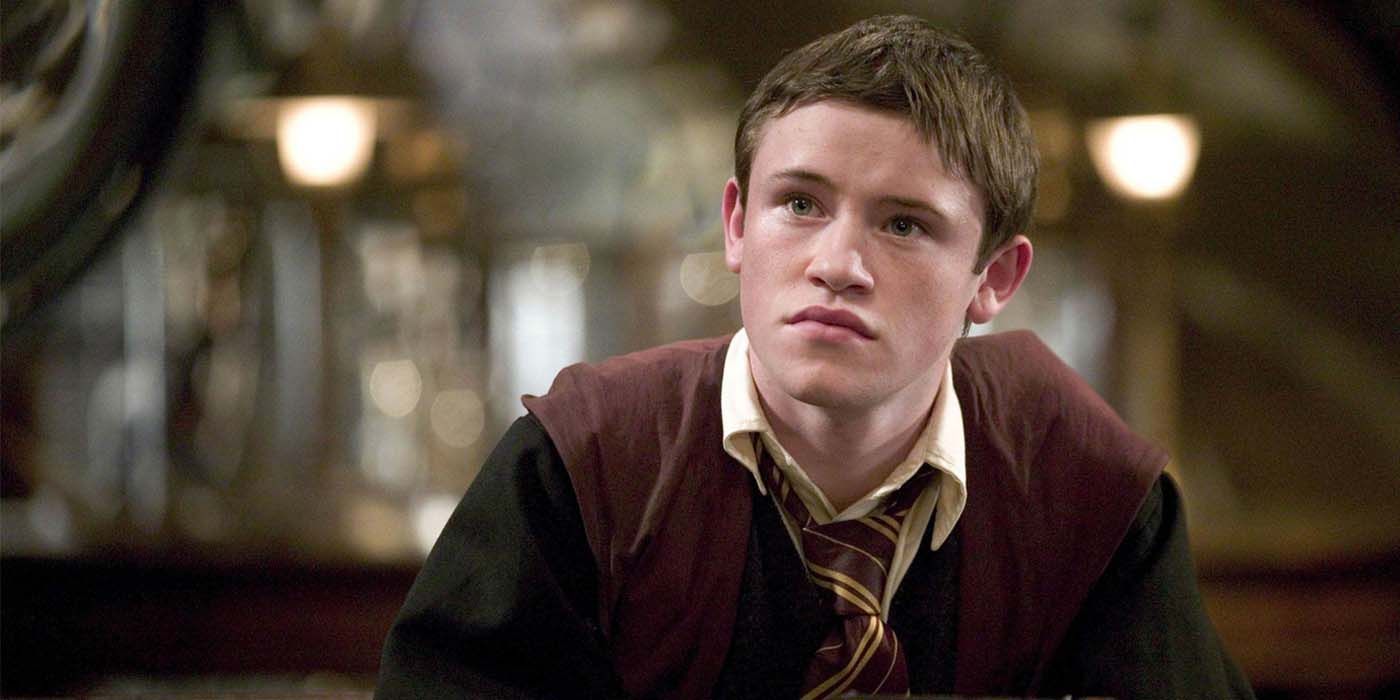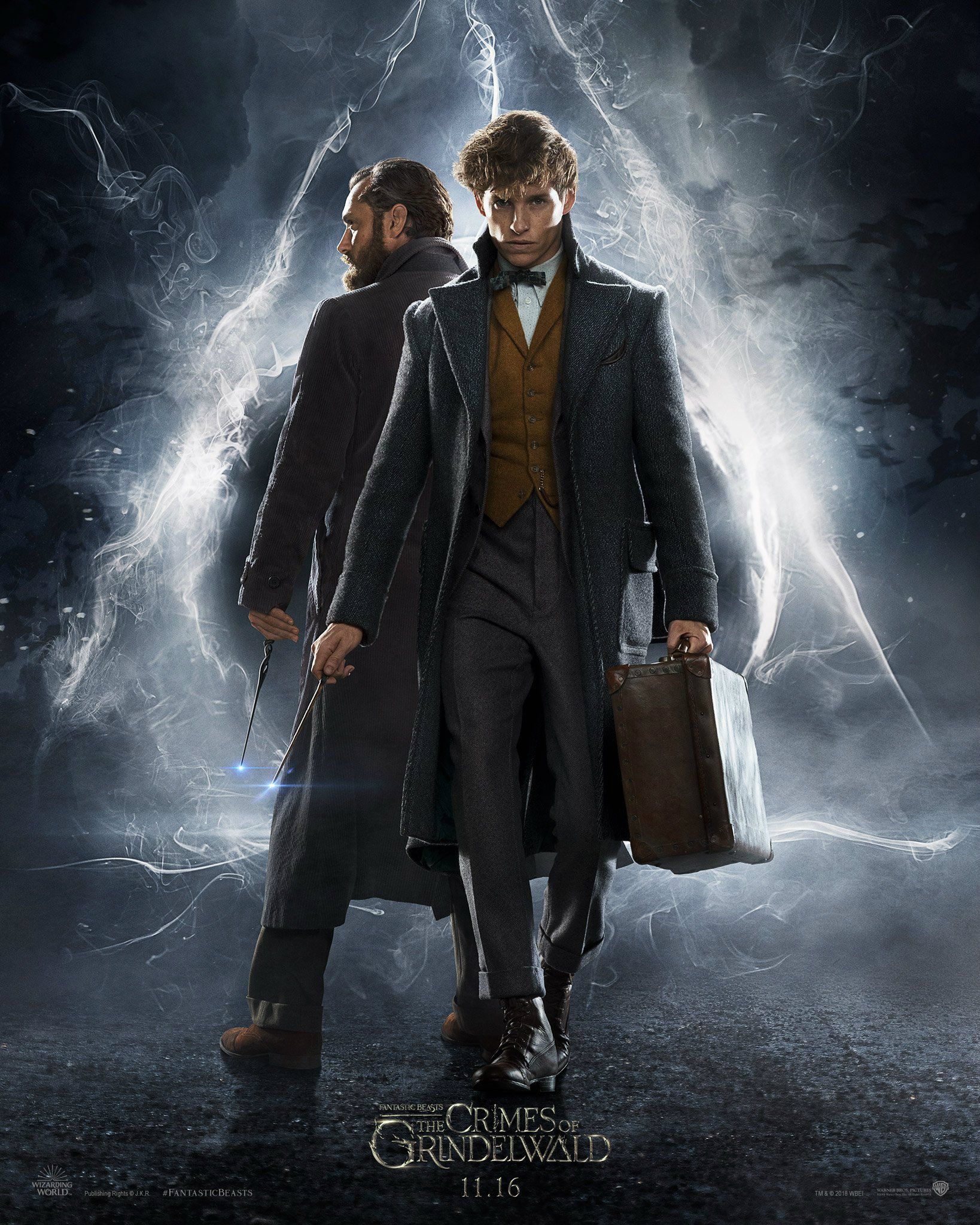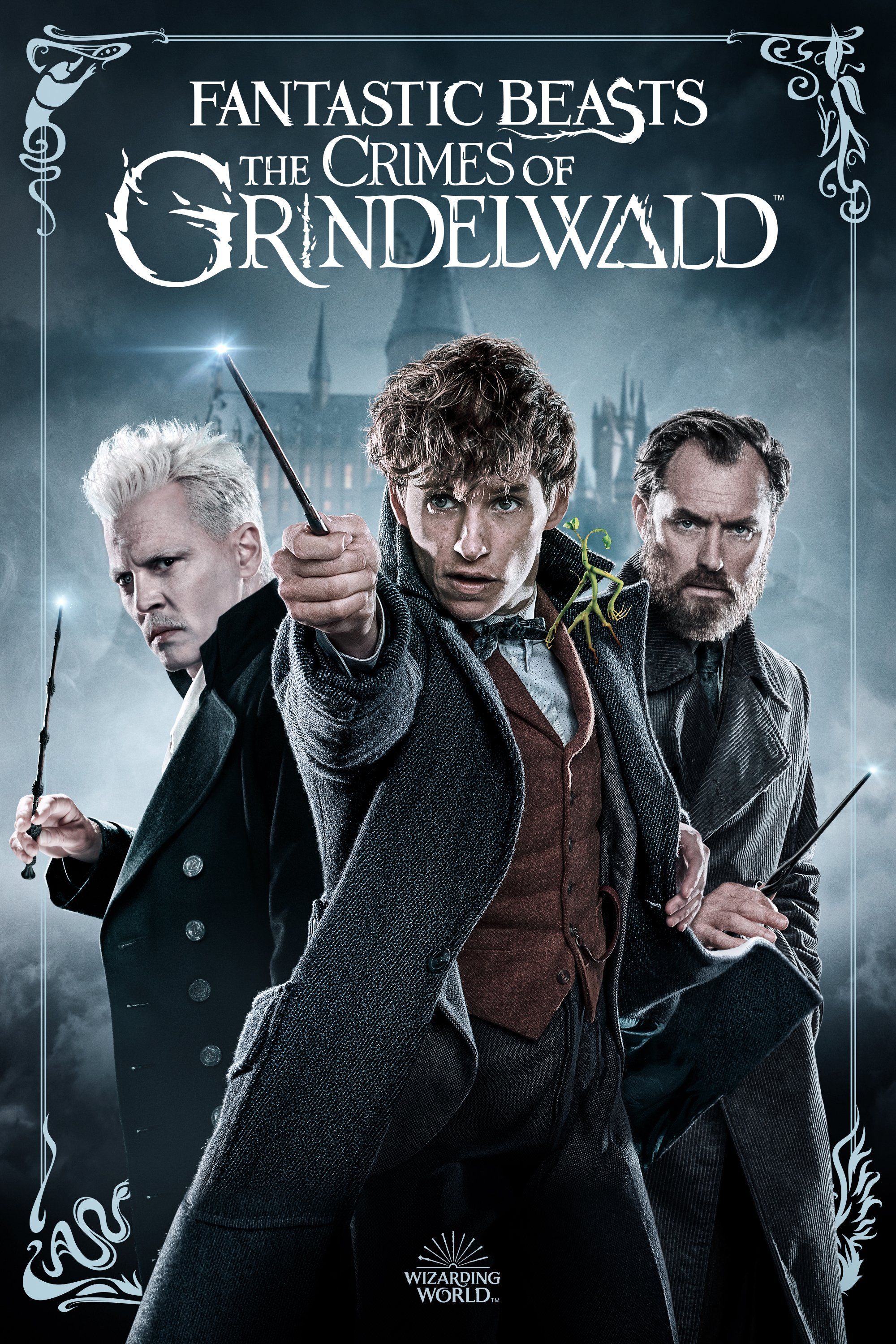As the Harry Potter franchise continues to grow with the upcoming continuation of the new Fantastic Beasts and Where to Find Them films, we find ourselves looking back to the very beginning, Harry Potter and the Sorcerers Stone. The book (and film) that started it all, this was our first introduction to a magical world filled with giants, goblins, dragons… and wands. From the first moment that Harry stepped into Ollivanders, we wanted to be able to choose a wand ourselves – or have a wand choose us! Made from wood wrapped around a variety of magical cores, these beautifully carved magical tools have become coveted collectibles for fans. The Wizarding World Of Harry Potter even has a wand shop and interactive wands that can be used around the park!
Any casual fan knows the basics about wands and wand lore: that a wand can be won from another wizard, that broken and second-hand wands don’t work too well, and that wands choose their wizards. But there is much more to these powerful items than that – so we rounded up fifteen fun facts that you might not know.
15. Wands Channel A Wizard’s Own Magic (And Aren’t Always Necessary)
Wands are made with magical items, like specific woods and cores from magical creatures. However, unlike (for example) a potion, the wand is not usually magic all by itself. Instead, a wand allows a witch or wizard to channel their innate magic, directing it to create a spell. The words of a spell and the movement of the wand also help to channel this magic to the desired effect.
Having a wand makes it significantly easier for a witch/wizard to perform spells, but because it is only a way to channel magic, it’s not actually necessary for all spells or all witches/wizards. Powerful and capable wizards are able to effectively direct their natural magic using only their words, hand gestures, or even their thoughts! Wandless magic, however, is rare because it is so much more difficult than magic done with a wand. Despite this, we do see it in the Harry Potter films. Specifically, in Harry Potter And The Prisoner Of Azkaban, we see a wizard at the leaky cauldron using a finger to stir a spoon in his coffee.
14. Matching A Wand To A Wizard Makes Magic Easier
Because wands act as a conduit for a witch or wizard’s own magic, it’s theoretically possible to do magic with any wand, or no wand (as we saw above). However, the more closely that the material of the wand aligns with the wizard using it, the easier it is to channel magic. Not only does a wand ‘choose’ a wizard, it also needs to match that wizard in order to function perfectly.
We see this as Harry tests out different wands when he first shops for one, and as Neville struggles to perform simple spells because of his second-hand wand. This actually suggests that Mr. Longbottom is a much more powerful wizard than he is given credit for, as well. Despite his early struggles, Neville learns how to work magic with a wand that isn’t perfectly matched to him – to channel his personal magic through a very imperfect tool. This is only a step away from wandless magic, which is associated with only the most capable of wizards, which means that (as usual) Neville doesn’t get the love he deserves!
13. Wands Are Semi-Sentient
One of the most well-known quotes about wands is that “the wand chooses the wizard” -- it even pops up several times in this very post! While this is a useful explanation for the confusion of who the Elder Wand belongs to in Harry Potter And The Deathly Hallows, it also means that wands are semi-sentient. They are not truly self-aware, but they do have a modicum of intelligence and awareness, from the first time that they are picked up.
Wands also learn from the wizards that use them, store records of past spells cast, and even help their wizards out from time to time. Wands can even perform magic of their own will, although this is extremely rare. In the Battle of the Seven Potters (when Harry fled Little Whinging with his friends at the age of seventeen), Harry’s wand acts of its own accord to defend against Voldemort, with a golden flame powerful enough to crack the wand Voldemort is using.
12. Core Materials Have Specific Meanings
Several specific core materials are mentioned in the books and films, with the three primary core types being unicorn hair, phoenix feather, and dragon heartstring. However, several other items can also be used, including Veela hair, Thestral tail hair, Troll whiskers, Kelpie hair, and Kneazle whiskers, which are all considered inferior materials. In the US, different native magical creatures led to different wand cores, such as Thunderbird tail feathers, Wampus cat hair, Rougarou hair, Snallygaster heartstring, White River Monster spine, and Jackalope antler.
Different cores can affect the kind of spells that the wand is most useful for, the properties of the wand, and suit different styles of magic. In the US, some wands are made with a core of Horned Serpent horn, which are sensitive to Parseltongue and warn their wizard of danger with sound. In addition, some rare, one-of-a-kind wand cores also exist. Salazar Slytherin, for example, made the only known wand with a core of Basilisk horn (we all know how much Salazar loved the Basilisk!).
11. Different Woods Also Have Specific Meanings
As well as the cores, the wood that the body of the wand is made of has a similar connection to the style of magic, and the type of witch or wizard that a wand suits. Theoretically, any wood can be used to make a wand, although Ollivander’s notes (published on Pottermore) cover thirty-nine specific types. While each wood has a different impact on the finished wand, there are certain woods that are particularly interesting.
Alder wood is the most suited to non-verbal magic, while Applewood is best suited to magical linguists, and is rarely used by Dark wizards as it doesn’t work well for dark magic. Some clubs and organizations can even restrict membership based on wands – the Silver Spears, an 18th century dueling club, would only allow members with Aspen wands! In the Japanese wizarding school of Mahoutokoro, cherry wood wands are most sought after, being both rare and powerful. In legend, Merlin’s wand is allegedly made of oak, and oak wands are often held by those with powerful intuition and an affinity with nature.
10. Wand Wood Often Matches A Wizard’s Birth Month
In addition to the various properties of the different types of wood, specific trees are also associated with months of the year. The Celtic Tree Calendar is divided into thirteen, with each of the thirteen trees mentioned corresponding with a date range. It is not uncommon for a witch or wizard’s date of birth, and associated tree, to match the wand that chooses them. This is not always the case, however, and other elements of the wand (length, core, and other wood/personality attributes) can outweigh the birth month.
Several of the main characters in Harry Potter have wands that match their Celtic trees, including Harry (31st July, Holly), Ron (March 1st, Ash), Hermione (Sept 19th, Vine) and Draco (June 5th, Hawthorne). Although Harry’s wand is still described as being made of Holly wood in the movies, the prop wand that we see him using is significantly darker than natural Holly wood would be, suggesting that some wands are painted, lacquered, or varnished.
9. Wand Length Correlates To Wizard Personality, Not Height
Just like every other attribute of a wand, the length has a connection to the personality of the wizard who wields it. Most wands are somewhere between nine and fourteen inches long, although it is certainly possible to get a wand that is outside that range. It is common practice among some wandmakers to match a wizard’s height to his wand, but famed wandmaker Ollivander does not agree with this method. He claims that wand length should depend on the style of the wizard (or witch), with longer wands being more appropriate for large personalities and flamboyant styles of magic, and shorter wands ideal for neat, refined spells and elegant magic.
Wand flexibility is also connected to personality (and affected by length, sometimes), and in this case, the correlation is a little more direct. More pliable wands are appropriate for more open-minded witches and wizards who adapt more easily. Rigid wands are more likely to be used by an inflexible, even dogmatic witch or wizard, although they can also be used by those who are simply a little less open to changing their ideas.
8. The Elder Wand Has Unique Abilities
Any fan knows that the Elder Wand is the most powerful wand that ever existed, one of the legendary Deathly Hallows, and able to make a wizard who combines it with the other Hallows the Master of Death. What many do not realize is just how many unique abilities this wand has. With a Thestral hair core, the wand is best used by one who can understand death, and is capable of performing seemingly impossible feats. It can mend other wands that are broken beyond any normal repair, which we see in the films.
In addition, the Elder Wand has some unique properties of allegiance – it is the only known wand that can transfer its loyalty to a new owner, even if the new owner is not battling the current owner, but a different wizard entirely. Normally, a wand would only transfer allegiance if its current master is defeated by another, but the Elder Wand seems to keep and shift loyalty at will.
7. Muggles Cannot Use Wands…
It’s not surprising that muggles cannot use wands, as they have no natural magic to channel through them. For the same reason, squibs (magic-born people who do not themselves possess magical capabilities) are also unable to use wands, although they are allowed to know about them (obviously), which Muggles are not. A Muggle owning a wand or learning about a wand would breach the International Statute of Wizarding Secrecy, although there is a clear exception here for those Muggles who are related to witches and wizards (such as the Dursleys, or the Grangers).
However, because wands are semi-sentient and able to perform small acts of magic on their own, occasionally, if a wand is handled by a Muggle, magical things will happen. This can also happen if there is a discharge of the residual power within a wand. Usually, this kind of scenario will not end well for the Muggle, such as what happened to Bartholomew Barebone and James Stewart, both of whom were knocked backward with some force when trying to handle a wizard’s wand.
6. …And Many Other Magical Creatures Are Banned From Using Them
Wands are, as a general rule, only available to witches and wizards, and are kept from other magical creatures in the world. For some, this is not a particular issue – House Elves, for example, are masters of wandless magic, and are extremely powerful (although they can only use this power at the behest of their masters). The Goblins, on the other hand, have never been happy with the prohibition against a Goblin learning wand magic.
The rules against Goblins using wands may have been one of the driving factors in the Goblin Rebellions of the seventeenth and eighteenth century – and this remains a contentious topic among Goblins to this day. Other issues that were a part of the uprisings were the unfair control of Gringotts by wizards, the discrimination faced by Goblins in the wizarding world, and attempts to use Goblins as House Elves. Like the Elves, Goblins can do wandless magic, but the discriminatory wand legislation still bothers many.
5. American Wizards Require A Permit
In the US, restrictions on wands are significantly stricter than they are in the UK. MACUSA (the Magical Congress of the United States of America) requires all witches and wizards to register their wands and apply for a permit. Although all wizards of age have the right to carry a wand, this wand must be registered and their permits must be in order. When American witches and wizards first acquire their wands, they are given a Wand Registration Number; a series of five numbers and/or runes. This number is used to fill out the Wand Permit, which also asks for other information, such as basic name, date of birth, and address, as well as profession, MACUSA ID number (similar to a magical Social Security number), and a description of the wand.
This information is stored with MACUSA in the Central Wand Archive, and must be updated when any changes occur. Visiting wizards are also required to apply for a permit. Although this may seem excessive, it is similar to Muggles and No-Majs being required to apply for a driver’s license.
4. Underage Wizards Had To Leave Their Wands At School
In 1790, MACUSA President Emily Rappaport enacted a law known as Rappaport’s Law, intended to completely segregate the magical community from the No-Maj world. This harsh law forbade any fraternization between wizards and No-Majs, including friendship and marriage. At this time, Rappaport’s Law also affected the rights of underage wizards to carry wands outside of school. All wand use was required to happen on school grounds, and students were legally obligated to leave their wands at Ilvermony during school holidays. This was done to prevent any accidental underage magic, or young witches or wizards casting spells where a No-Maj could see them.
Although witches and wizards in the UK are not allowed to use magic outside of Hogwarts until they are of age, they are allowed to carry their wands with them (and the movies seem to suggest that some small spells, such as using Lumos to read under the covers, is acceptable). Rappaport’s Law was repealed in 1965.
3. Expelled Wizards Can Sometimes Keep Their Wands
Criminal wizards sent to Azkaban have their wands taken away, although not necessarily destroyed, as Bellatrix LeStrange got hers back after escaping. Young wizards expelled from school are also often left wandless, with one notable example being Hagrid. Expelled in his third year, Hagrid was given a job at the school, but his wand was taken from him and broken (he keeps the pieces in his umbrella, however, and has been known to use them from time to time!).
This has led many fans to believe that expulsion automatically leads to the loss of a student’s wand, but that isn’t the case. It is actually the age/exam record of the wizard when they are expelled that determines what happens to their wand. If a student has completed their OWLs (Ordinary Wizarding Levels), they are able to retain their wand and practice magic after expulsion. Only underage/underqualified students lose their wands if they are expelled from the school.
2. LEGO Harry Potter Uses Lightsabers As Wands
Fans of LEGO Harry Potter may have noticed that there are a few inconsistencies between the figures and the books/movies. Wands, in particular, are significantly larger for LEGO figures than they are described to be. In the books/movies, wands (as we saw earlier in this list) are usually between nine and fourteen inches long, and quite slim (about a finger’s width, depending on the specific wand). In the world of LEGO Harry Potter, however, wands are absolutely enormous, reaching from a character’s waist to the top of their head!
This particular incongruity is purely practical, and it comes from the makers of LEGO wanting to repurpose as many molds as possible. For the wands, LEGO re-uses the same shape and size as the lightsabers for the LEGO Star Wars collection – and lightsabers are significantly larger than wands should be, obviously. The two aren’t completely identical, however. The wands are missing the molded handles that lightsabers feature, and are usually brown and black, rather than the colorful Star Wars pieces.
1. Daniel Radcliffe Broke The Most Wands
It should come as no surprise that a huge number of prop wands were made for the Harry Potter films – nearly every character has one, and as well as the individual character wands, which were made only for the main parts, thousands of wands were made for general battle scenes and the famous "wands up" scene at the Astronomy Tower. Throughout filming, when wands were damaged, lost, or perhaps even made their way off set (!), new ones were produced, leading to an absolutely astonishing number created for the series as a whole.
It is star Daniel Radcliffe, however, who managed to break the most prop wands during filming - clocking in at a whopping eighty replacement wands made! In Harry Potter And The Deathly Hallows Part 2: Behind The Magic, the prop department revealed that he went through "around seventy or eighty", breaking some and simply wearing the finish off of others. He also had a habit of using his wand as a drumstick - on his legs, tables, chairs... anywhere the young star could tap out a rhythm.
--
What other fun bits of trivia do you know about the mystical wands of the Wizarding World of Harry Potter? Let us know in the comments.

